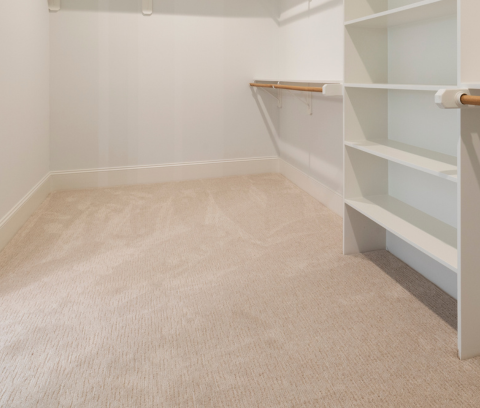Persian Carpets (Reference Guide)
Persian rugs also are Oriental rugs but they are made only in Iran (formerly known as Persia). An authentic Persian rug or carpet is hand knotted. Persian rug designs were once named after the city in which they were created. As their popularity increased, these patterns became produced elsewhere and kept their original names.

Persian carpets include those produced in:
- Abadeh
- Afshar
- Ardebil
- Bakhtiar
- Bidjar
- Borchelu
- Enjilas
- Gabbeh
- Gharajeh
- Ghashghai
- Ghom
- Goltog
- Hamadan
- Hatchlu
- Heriz
- Isfahan
- Kashan
- Kashmar
- Kelim
- Kerman
- Lori
- Mashad
- Meshkin
- Meymeh
- Moud
- Mussel
- Nahawand
- Nain
- Sanjan
- Sarough
- Senneh
- Shiraz
- Shirvan
- Sirjan
- Sumac
- Tabriz
- Toiserkan
- Turkoman
- Yallameh
(Clicking on an available link will take you to Wikipedia for more information & history. If a carpet type does not currently have a link, please check back regularly, as we are writing Wikipedia entries for these carpets ourselves and will update them when they become available.)
They are some of the most popular designs that have kept their regional namesakes. Characteristics of a Persian rug include an unusually thick pile (up to 160 knots per square inch), extremely rich color combinations and unique designs.
Many semi-antique rugs that have never been used are now entering the marketplace due to lifting the embargo against Iran in 2003. These rugs sat piled thousands high in warehouses until now.

Persian carpets can be divided into three groups; Farsh / 'Qālii' (sized anything greater than 6×4 feet), Qālicheh (meaning rug, sized 6×4 feet and smaller), and nomadic carpets known as Gelim (گلیم) Kilim, (including Zilu, meaning rough carpet).
The art of carpet weaving existed in Iran in ancient times, according to evidence such as the 2500-year-old Pazyryk carpet, dating back to 500 B.C., during the Achaemenid period.
The first documented evidence on the existence of Persian carpets came from Chinese texts dating back to the Sassanid period (224 – 641 AD). This art underwent many changes in various eras of the Iranian history to an extent that it passed an upward trend before the Islamic era until the Mongol invasion of Iran. After the invasion, the art began to grow again during the Timurid and Ilkhanid dynasties.
With the passage of time, the materials used in carpets, including wool, silk and cotton, will decay. Therefore archaeologists are rarely able to make any particularly useful discoveries during archaeological excavations. What has remained from early times as evidence of carpet-weaving is nothing more than a few pieces of worn-out carpets. Such fragments do not help very much in recognizing the carpet-weaving characteristics of pre-Seljuk period (13th and 14th centuries AD) in Persia.




















